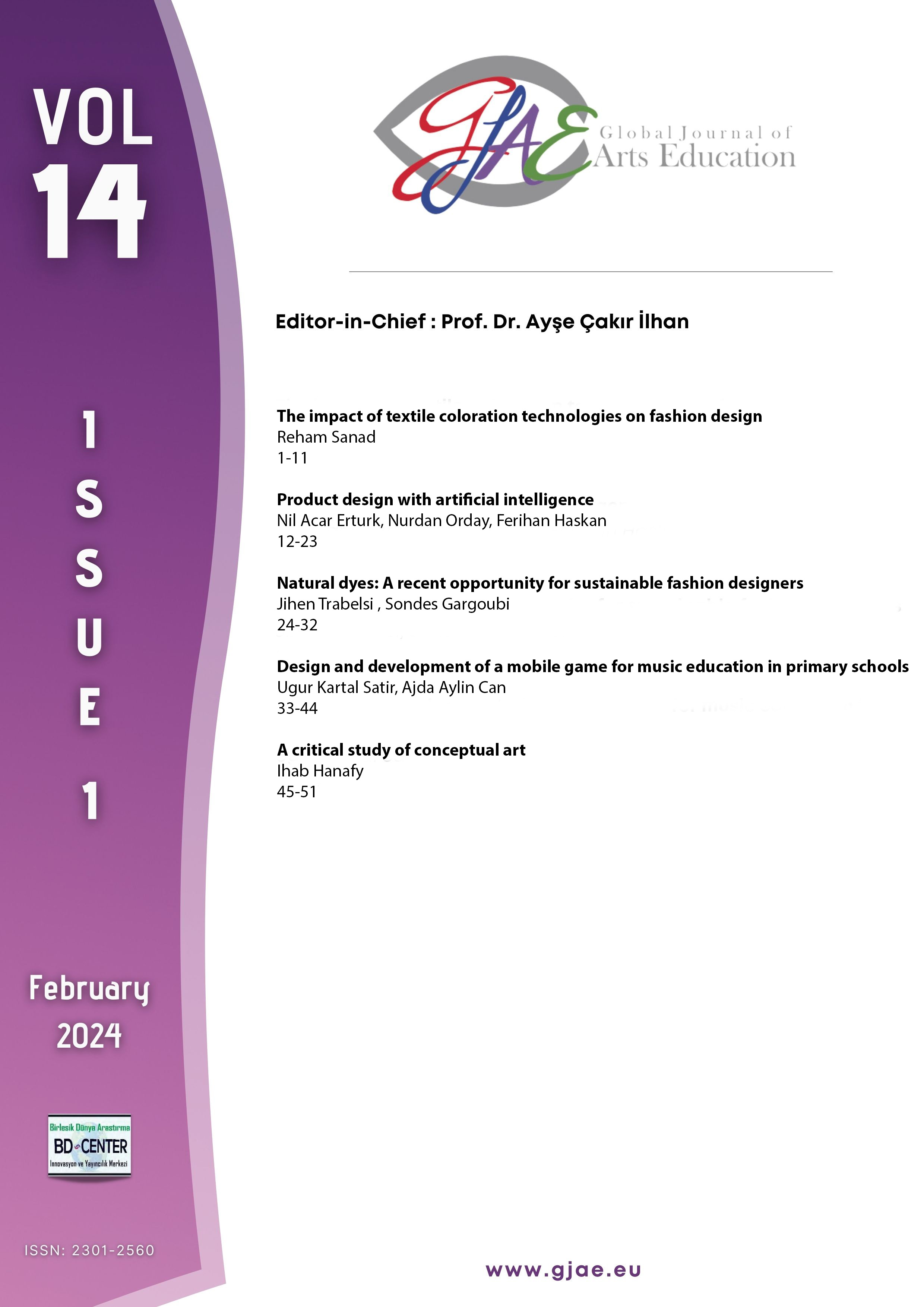Spatial transformation of traditional Ayvalık houses: A comparative analysis of two houses
Main Article Content
Abstract
Ayvalık, located in the Aegean region of Turkey, is one of the historical settlements that preserves its original identity owing to its 19th-century traditional housing texture. The traditional houses of Ayvalık have a unique ethnic structure shaped by Greek-Turkish identity. The current research covers a comparative spatial analysis of two traditional Ayvalık houses, built adjacently, one restored and the other not restored, selected as a case study, and aims to read the transformation through the analysis of these two houses, according to the spatial characteristics of the traditional Ayvalık house defined by literature review. Photographic documentation, interviews, and on-site observation are used to collect data. As a result, it is determined that the houses have partially preserved their original spatial characteristics due to individual interventions and that the spatial characteristics of the traditional Ayvalık house are shaped in line with the needs of the residents depending on the period it belongs.
Keywords: Ayvalık houses; spatial analysis; spatial transformation; traditional dwelling; traditional house.
Downloads
Article Details
Authors who publish with this journal agree to the following terms:
- Authors retain copyright and grant the journal right of first publication with the work simultaneously licensed under a Creative Commons Attribution License that allows others to share the work with an acknowledgement of the work's authorship and initial publication in this journal.
- Authors are able to enter into separate, additional contractual arrangements for the non-exclusive distribution of the journal's published version of the work (e.g., post it to an institutional repository or publish it in a book), with an acknowledgement of its initial publication in this journal.
- Authors are permitted and encouraged to post their work online (e.g., in institutional repositories or on their website) prior to and during the submission process, as it can lead to productive exchanges, as well as earlier and greater citation of published work (See The Effect of Open Access).

